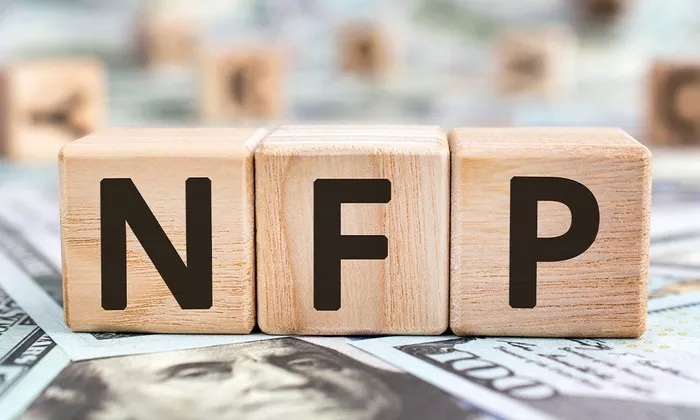The Nonfarm Payroll (NFP) report is more than just an economic statistic; it’s a critical piece of data that can sway financial markets, shape monetary policy decisions, and offer insights into the health of the economy. One of the most significant areas where the NFP report has a pronounced impact is interest rates. In this article, we will explore how the Nonfarm Payroll report influences interest rates and what it means for borrowers, investors, and policymakers.
I. The Nonfarm Payroll Report in a Nutshell
Before diving into its impact on interest rates, let’s briefly review what the Nonfarm Payroll report entails. Released monthly by the U.S. Bureau of Labor Statistics (BLS), the NFP report provides data on the total number of nonfarm payroll jobs added or lost during the previous month. It is a crucial indicator of employment trends and is closely watched by economists, investors, and policymakers.
II. How the NFP Report Influences Interest Rates
1. The NFP Report as a Barometer of Economic Health
Interest rates are influenced by the overall health and trajectory of the economy. When the NFP report shows strong job growth, it is often interpreted as a sign of a robust economy. In turn, this can lead to expectations of higher inflation and increased consumer spending, prompting central banks like the Federal Reserve to consider raising interest rates.
2. Impact on Central Bank Policy
Central banks, like the U.S. Federal Reserve, use interest rates as a tool to manage economic conditions. Positive job growth, as indicated by the NFP report, can lead central banks to consider raising interest rates as a way to cool down an overheating economy and prevent inflation from spiraling out of control. Conversely, a weak NFP report may prompt central banks to lower interest rates to stimulate economic activity and job creation.
3. Market Expectations and Investor Behavior
The NFP report can significantly influence market expectations. When investors anticipate that a strong NFP report will lead to higher interest rates, they may adjust their investment portfolios accordingly. For example, they may shift investments away from interest-rate-sensitive assets like bonds and into assets that can potentially benefit from rising rates.
III. FAQs on the NFP Report’s Impact on Interest Rates
1. How quickly does the NFP report impact interest rates?
The NFP report’s influence on interest rates can be immediate but is often gradual. Central banks may not make immediate rate adjustments based on a single report but rather consider it in the context of broader economic data and trends.
2. Can a weak NFP report lead to interest rate cuts?
Yes, a weak NFP report can prompt central banks to consider interest rate cuts if they believe that the labor market and the broader economy require stimulus to support job growth and economic activity.
3. Do interest rates only rise in response to strong NFP reports?
Interest rates can rise in response to a strong NFP report, but other factors, such as inflation expectations, monetary policy goals, and global economic conditions, also influence interest rate decisions. Rate hikes may occur even in the presence of mixed economic data.
4. How do rising interest rates affect borrowers and savers?
Rising interest rates can lead to higher borrowing costs for borrowers, including those with variable-rate loans. However, they can also result in better yields for savers who invest in interest-bearing assets like savings accounts and certificates of deposit (CDs).
5. Are NFP reports outside the United States important for global interest rates?
Yes, employment reports from major economies around the world can influence global interest rates. They provide insights into the strength of various economies and impact the decisions of central banks worldwide.
In conclusion, the Nonfarm Payroll report’s impact on interest rates is profound and multifaceted. It serves as a key barometer of economic health and can influence central bank policy, investor behavior, and financial markets. Understanding the dynamics between the NFP report and interest rates is essential for making informed financial decisions in an ever-changing economic landscape.

